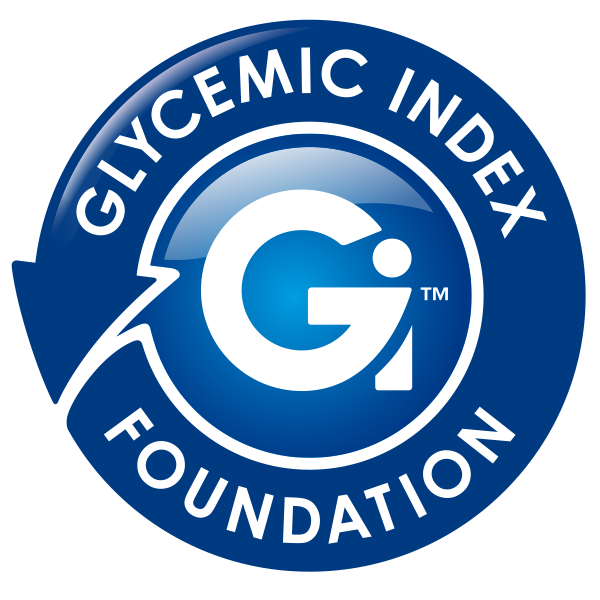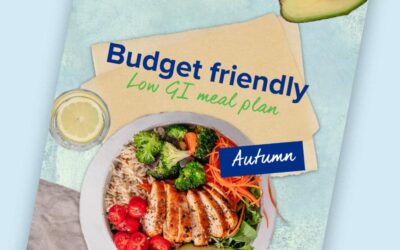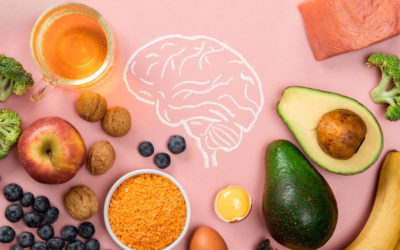When we’re feeling low or stressed, it can be tempting to eat to make ourselves feel better or distract us from our emotions. After all, who doesn’t feel better after a chocolate hit or a cuppa and a biscuit? Although we may feel better straight away, there are healthier choices we can make to improve and sustain our moods in the long term.
These are our top 5 ways to use food to boost your mood.
1. Fat is Good for Brain Power
Did you know that the brain is the main regulator of emotions and mood? Did you also know that 60% of our brain and nervous system is made up of fat? The nerves that make up this system are insulated by Myelin, which increases the rate of nerve impulses in our body. Myelin is made up of 80% fat, mostly poly-unsaturated like omega-3. Fueling our brains and nervous system with omega-3 fats are best to help the nervous system avoid slowing down and continue to help regulate our mood. Think 2 – 3 serves a week of oily fish like salmon, tuna, sardines, mackerel and herring. And a handful of nuts and seeds each day, or try a nut and seed recipe, to give your mood a boost.
2. Elevate Your Mood with Quality Carbohydrates
Glucose is important for our brain and nervous system functioning at its best. The average adult requires around 110-130 grams of glucose a day, depending on gender, age and other variables. Because our body turns carbohydrates into glucose, it’s important to choose the good quality, healthy carbohydrates if we want to improve our mood, memory and mental performance. A low GI diet can help with this and it’s not hard to do – just make some simple food swaps or eat one serve of low GI carbohydrates with each meal.
3. Increase Your Feel Good Serotonin
Serotonin is the feel-good chemical produced by the body and it can also be derived from vitamin B6, vitamin C, folate and zinc. People suffering from depression are often treated with drugs that contain tryptophan. If you’re in a low mood, you can increase your brain serotonin levels by eating high-protein foods that also contain tryptophan. Examples of such foods include eggs, turkey, chicken, legumes like beans.
4. Foods to Avoid that Affect Mood
Certain foods have natural and chemical additives, some of which can cause reactions in different people. Amines when consumed in excess or those sensitive to them, can cause a range of symptoms like headaches and migraines. Foods like chocolate, strong seasonings and tasty cheese are examples of foods high in amines. People can also be sensitive to preservatives like fat preservers, added colours and flavor enhancers. Natural, wholefoods, wholegrains and certified organic foods are best to ensure that additives are avoided.
5. Keep Your Mood Energised
A sugar crash, also known as a blood sugar spike, is when your blood glucose levels increase after eating foods that have a high glycemic index or are full of refined sugars. This sugar high is followed by a drop in blood sugar levels, leaving you feeling tired, run down and flat. To avoid the highs and lows and keep your energy levels up throughout the day, stick to a low GI diet full of good quality carbohydrates.
Improving Mood is All about Balance
A balanced diet is important for maintaining mood and mental health, but it is not a cure for conditions like depression and anxiety. If you have any concerns about your mental health, talk to your doctor or accredited practicing dietitian. Exercise also plays a big part in stabilising moods so for a complete balance, aim to be active every day and be sure to stay hydrated too.
Enjoyed this blog? Read more about 10 Cheap and Healthy Low GI Foods to buy.


